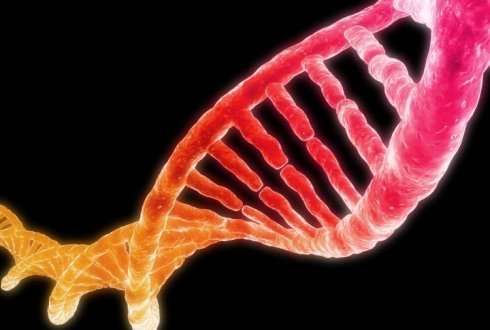DNA based diagnostics 2.0

The latest generation of DNA sequencers allows all the genes of a plant, as well as any pathogens present, to be charted literally within a few days. "This provides unprecedented opportunities for the diagnosis of plant diseases, as well as, for example, identifying and tracking new disease outbreaks," says Dr Theo van der Lee, senior scientist at the Department of Bio-Interactions and Plant Health at Plant Research International. "We can now detect pathogens directly from infected plant material, usually without having to guess in advance which bacterium, fungus or virus is the culprit."
The previous sequencers could only handle a relatively simple DNA or RNA sample. It was therefore necessary to selectively multiply the genes to be analysed via the so-called Polymerase Chain Reaction (PCR) before the actual analysis. "Our analysis was biased and we could usually only identify targeted pathogens," Van der Lee says. "The latest sequencers, however, determine the sequence of millions of fragments simultaneously, which means that crude material can now be sequenced directly. These sequences can then be analysed by sophisticated bioinformatics pipelines that include data from the ever growing databases of plant, fungal, bacterial and viral DNA or RNA."
Surprises
The benefits for diagnostics are obvious, Van der Lee points out. "If you screen just a few samples of affected crops in this way, you will have identified the most likely suspect within two days. This saves time in the fight against diseases." A wide-ranging screening sometimes also yields surprises. "It happens that we come across new pathogens that we didn't expect, or new variants of known pathogens."
False alarm
Van der Lee isn't worried about false alarms. "It can, of course, always occur that you encounter a non-pathogenic, or even helpful, bacterium in the plant. But the combination of expertise in phytopathology, well-stocked databases and a pre-selection of truly affected plant tissue will normally allow you to identify a genuinely harmful pathogen."
Track and trace
Van der Lee expects that this new technology will become commercially available over the course of next year. "Together with our partners in the three inspectorates – The Dutch General Inspection Service (Nederlandse Algemene Keuringsdienst voor zaaizaad en pootgoed van landbouwgewassen, NAK), Netherlands Inspection Service for Horticulture (Stichting Nederlandse Algemene Kwaliteitsdienst Tuinbouw, Naktuinbouw) and Flower Bulb Inspection Service (Stichting Bloembollenkeuringsdienst, BKD), we are now putting the finishing touches to the analysis and processing of the data."
Van der Lee expects that this technology will accelerate population research on pathogens. "We will, for example, be able to quickly trace subtle changes in pathogens and, therefore, more accurately track and trace an outbreak to its source. It will also be interesting for basic research to map and monitor the speed of these subtle changes.
Provided by Wageningen University



















